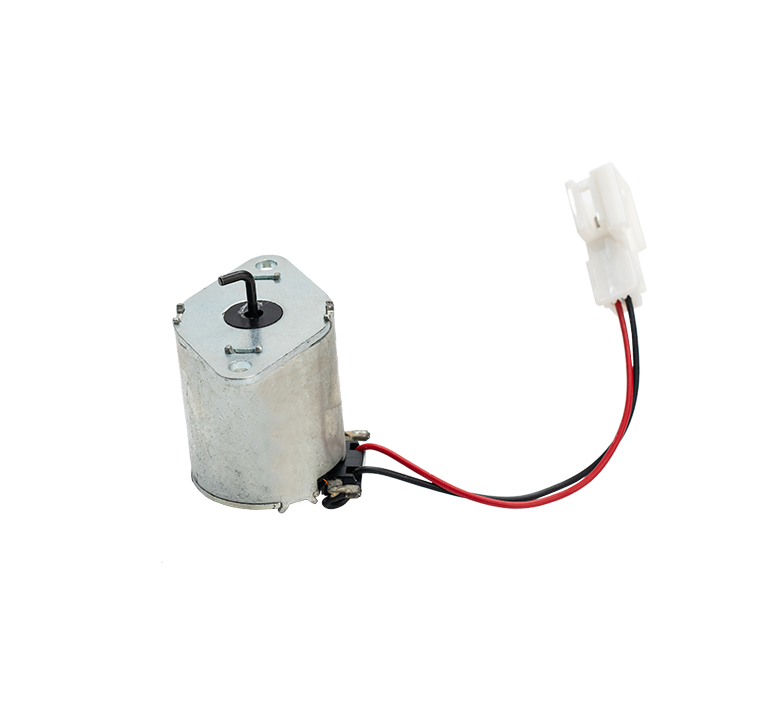Electromagnetic valves are widely used in fluid control systems for gases and liquids. There are strict requirements for the design and material selection of solenoid valves for the use of liquid media. The density and viscosity of liquid media are higher than those of gases, which can have a significant impact on the sealing performance and driving mechanism of solenoid valves. Generally, solenoid valves suitable for liquids are made of corrosion-resistant materials such as stainless steel, copper alloys, etc., to ensure durability and stability during long-term operation.

The sealing components of solenoid valves are generally made of oil resistant, acid alkali resistant rubber or polymer materials to prevent liquid leakage and damage. The temperature and pressure of the medium are directly related to the performance of the solenoid valve. If the liquid temperature is too high, it may cause the seal to age, and if the pressure is too high, it may cause the valve to open and close poorly. Impurities in liquids can also clog valves, affecting their service life. Therefore, when selecting solenoid valves, it is necessary to consider the physical properties and operating conditions of the medium to ensure that the product meets the fluid type and environmental requirements. Electromagnetic valves can be used for automatic control of water, oil, and corrosive liquids, and are widely used in industries such as water treatment, petrochemicals, and food processing. Appropriate solenoid valves can ensure the operation of fluid systems and equipment safety, avoiding production delays caused by valve failures.
